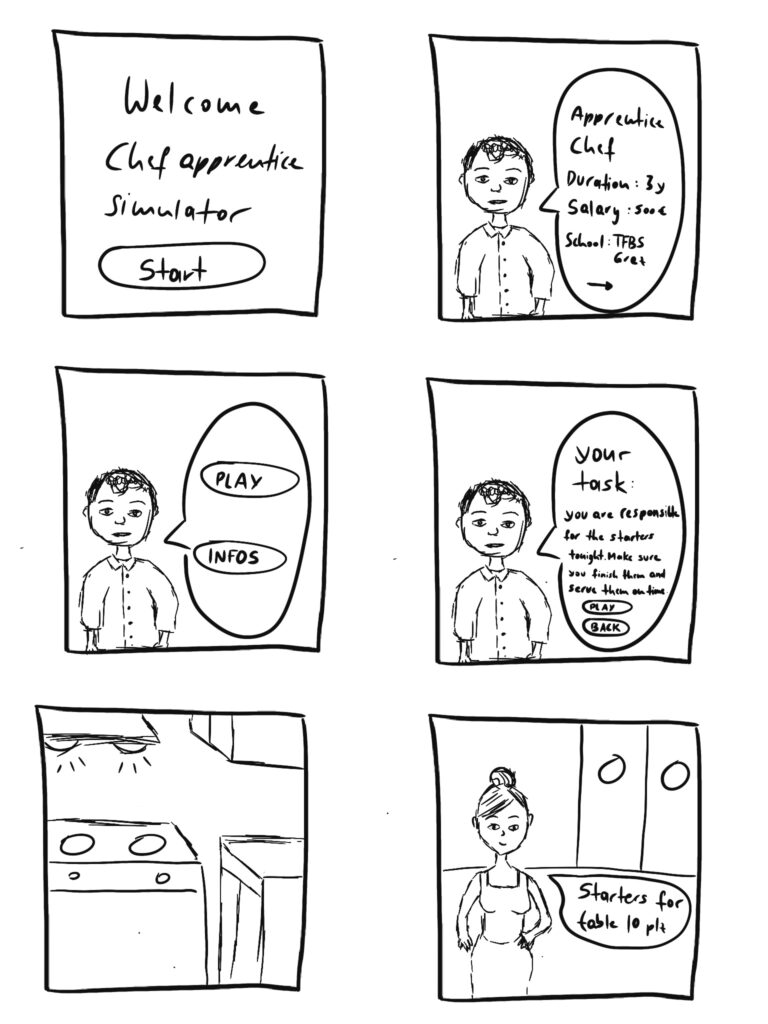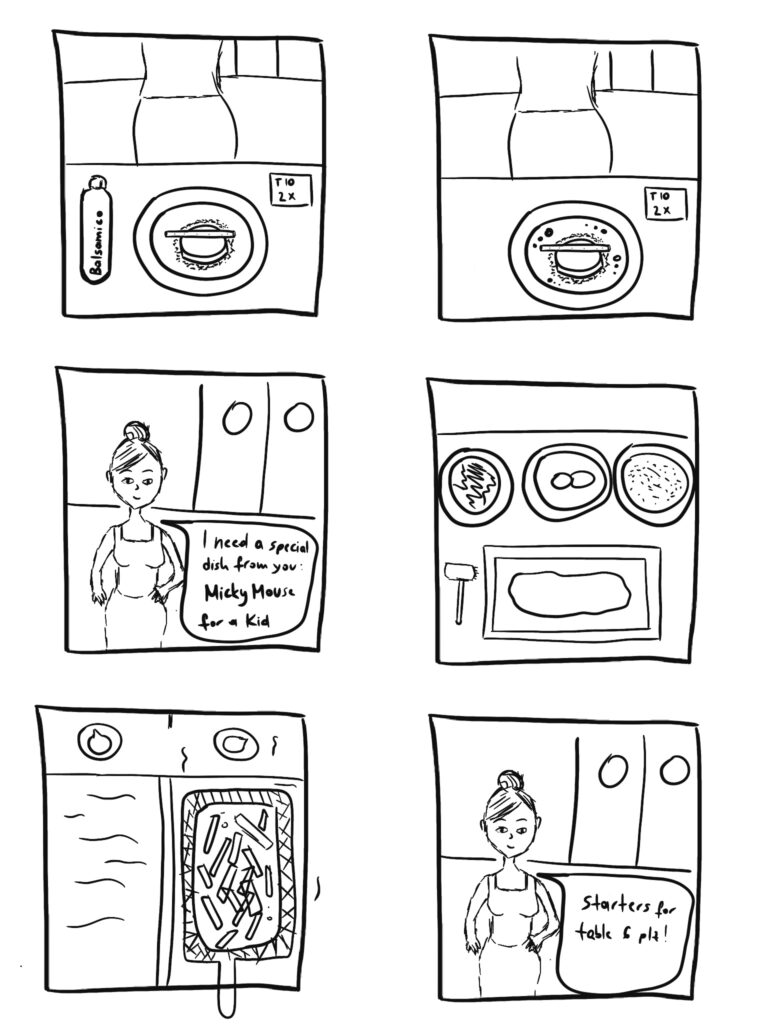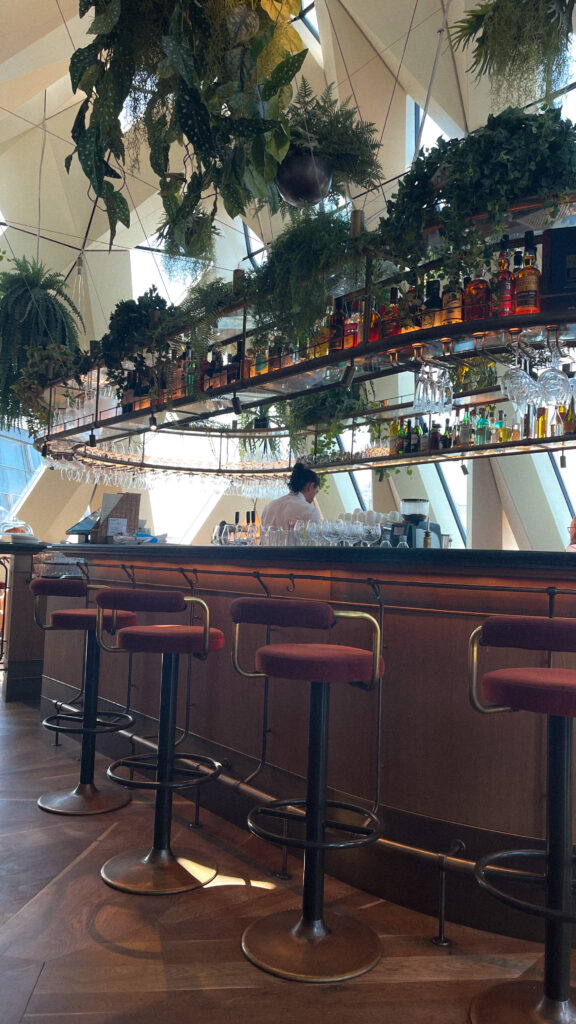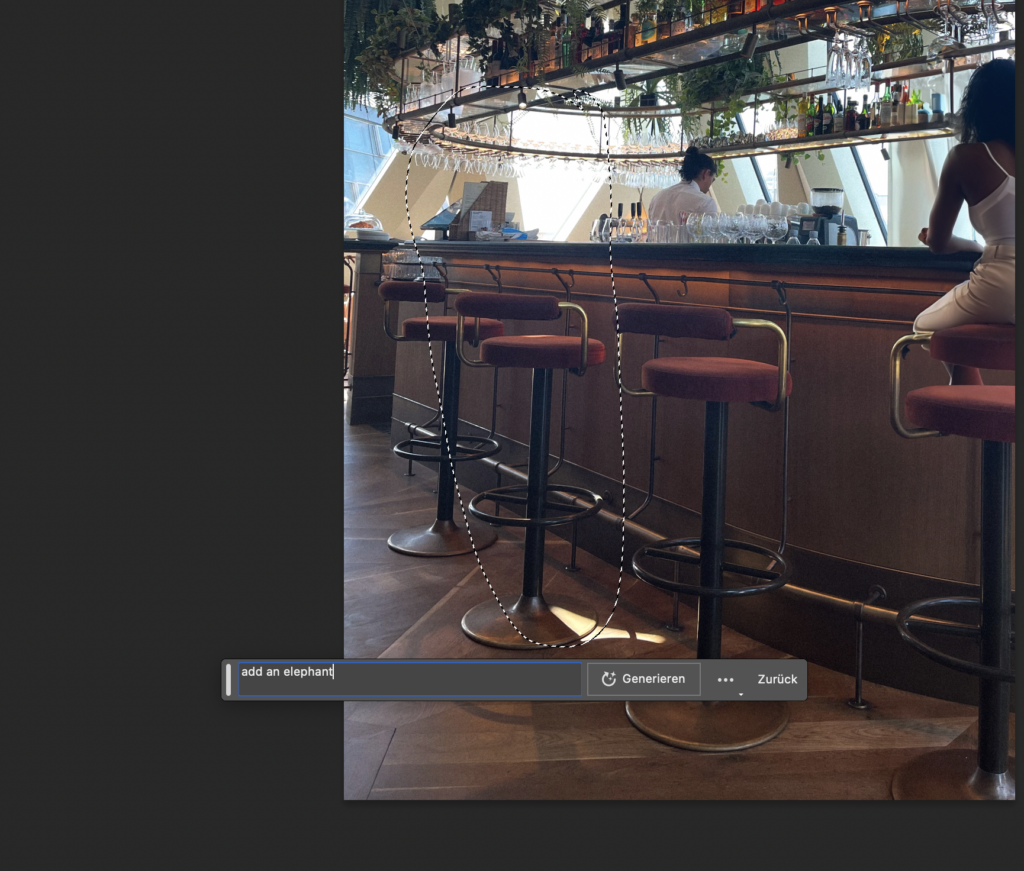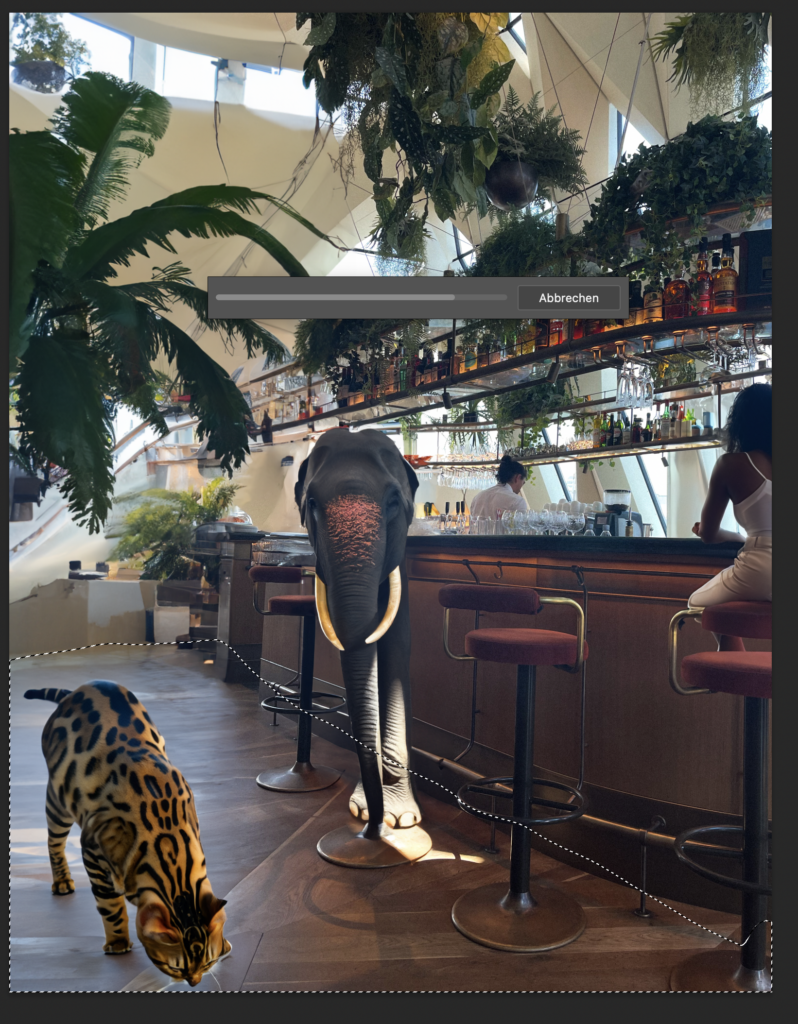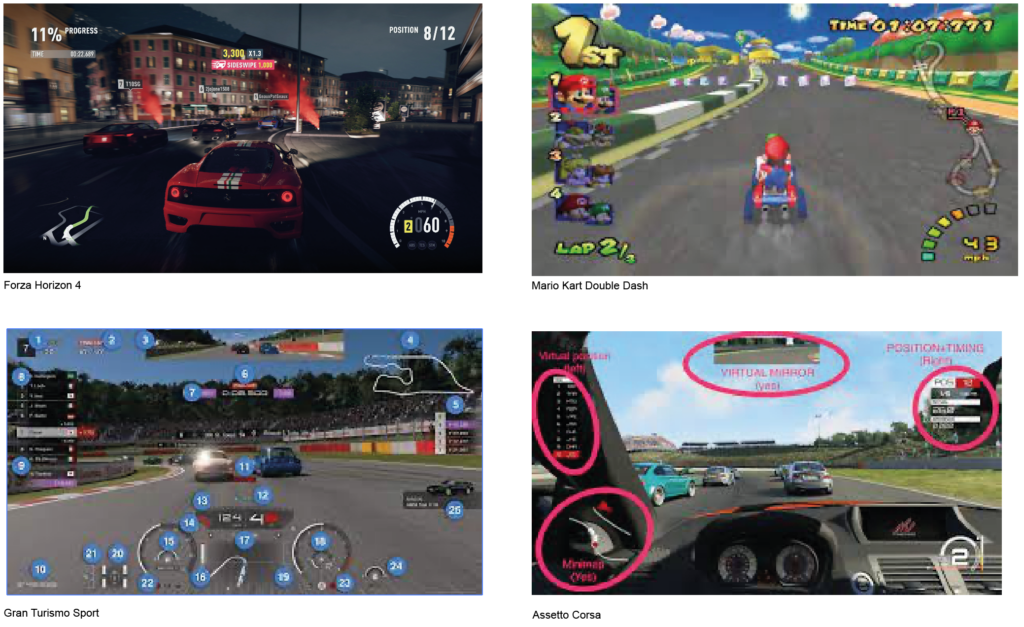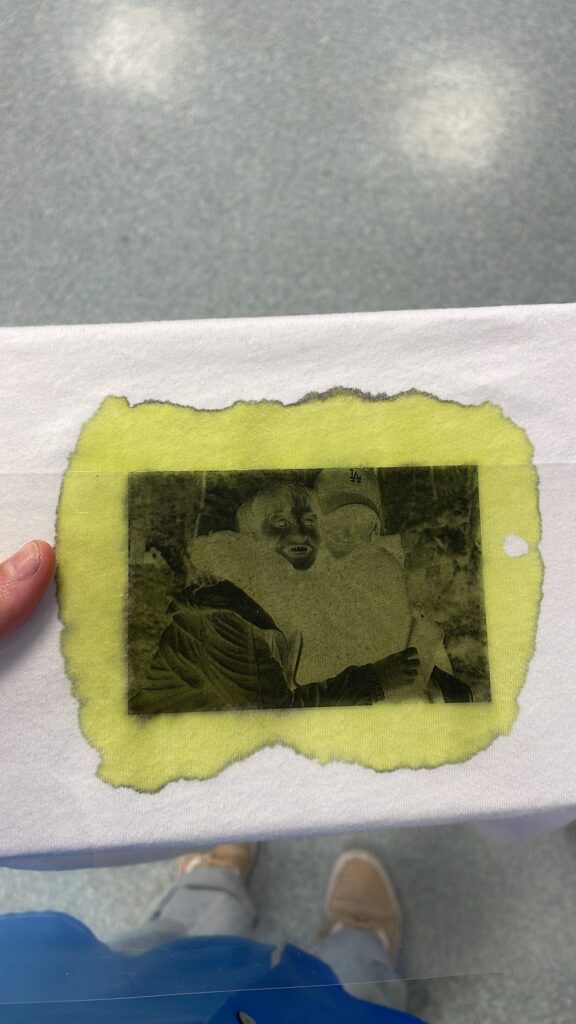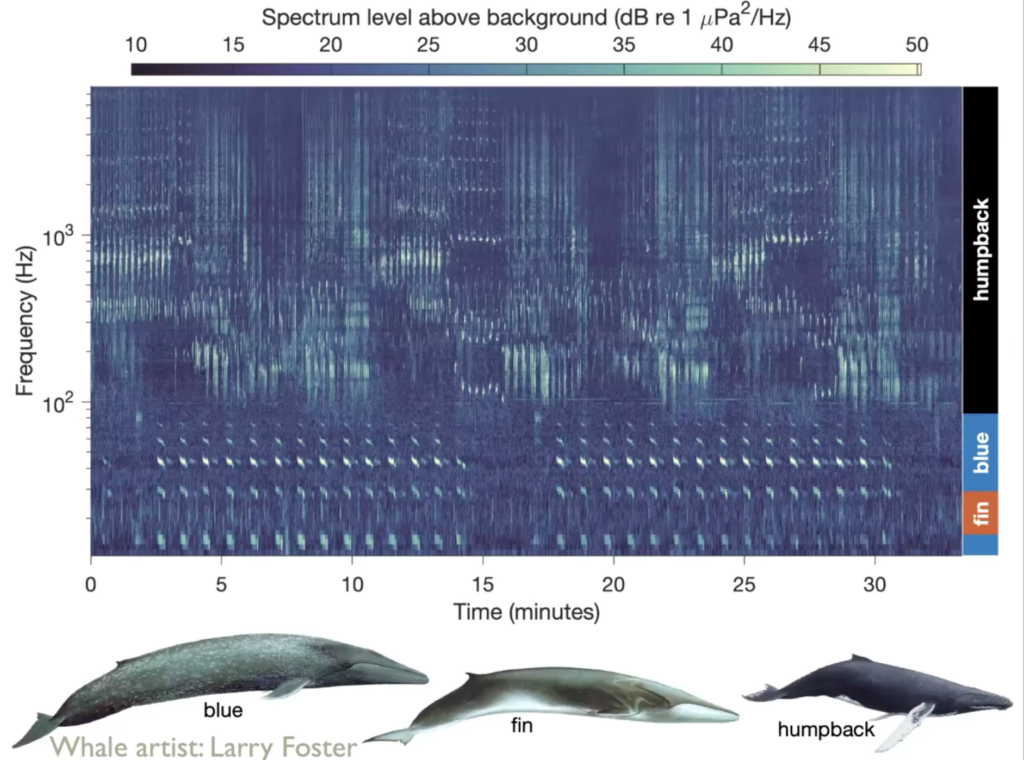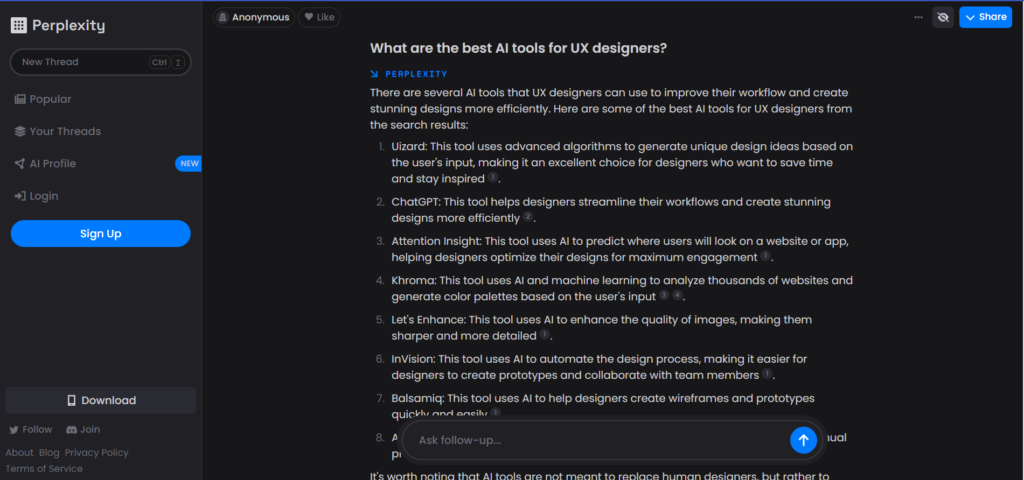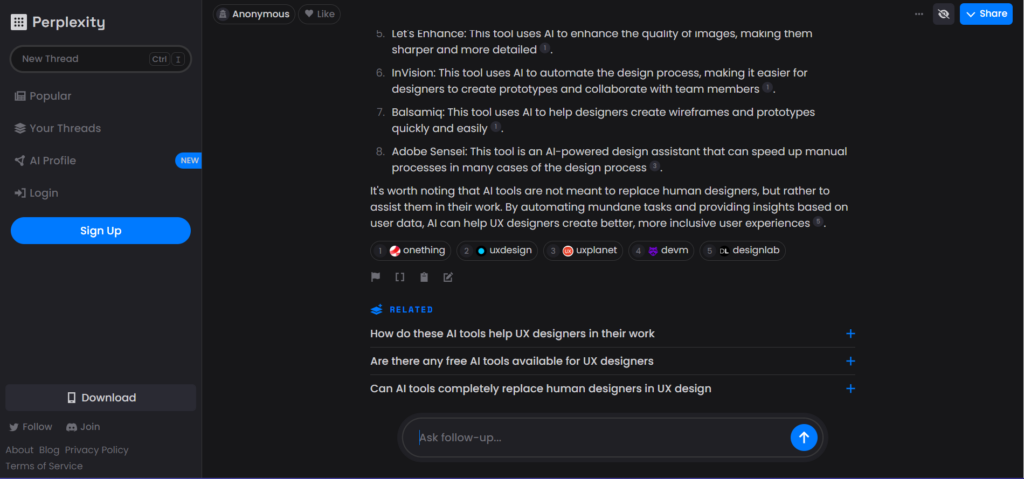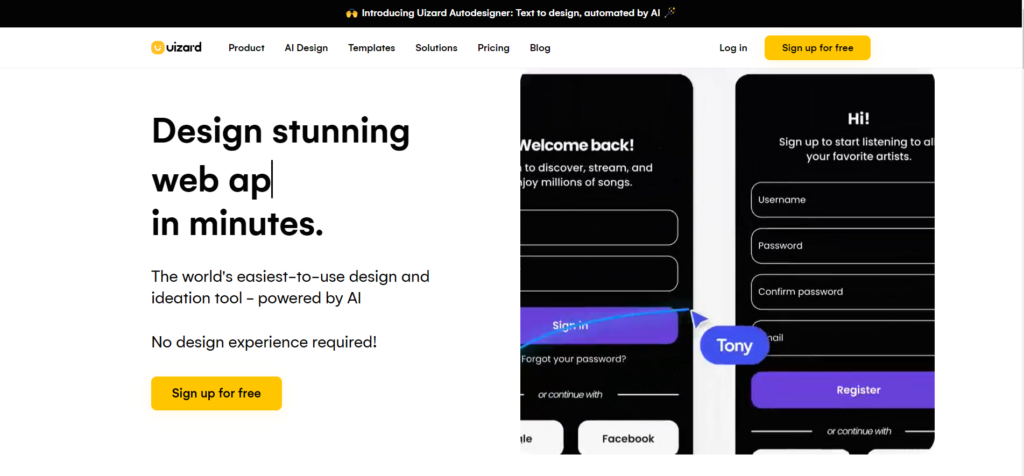Um die Zielgruppe und Ziele des Hubs genauer zu verstehen, habe ich mich um einen Termin mit der Projektleiterin des DUH Rieger Elisabeth, Mag.rer.soc.oec. und der Verantwortlichen für Content Management Michel Lina, BA MSc. bemüht. Ich erhoffte damit, dass meine Fragen rund um das Thema Zielgruppe und Ziele des Hubs beantwortet- und weitere Verständnislücken gefüllt werden würden.
Das Interview wurde schriftlich dokumentiert und hier in zusammengefasster, aufbereiteter Form dargestellt:
Freitag 02.06.2023; 10:00
Andrea:
Der digital university hub ist eine Initiative von der TU Graz und der Uni Wien, um die Vernetzung und Entwicklung von Hochschulen im Bereich der digitalen und sozialen Transformation zu fördern. Konkret handelt es sich um eine Kooperations- und Serviceplattform. Er hat zum Ziel, Hochschul-akteur*innen zusammenzubringen, um gemeinsames Wissen und Erfahrungen auszutauschen.
Elisabeth:
Genau. Der digital university hub (kurz DUH) steht unter dem Deckmantel digitale und soziale Transformation. Hier sollten sich Forscher*innen und lehrende Gremien treffen, um sich miteinander zu vernetzen. Aus diesem Grund ist der DUH 2019 gegründet, und 2020 ins Leben gerufen worden. 2020 haben wir vom Bundesministerium die Zuschläge für 34 Projekte bekommen. Dafür entstanden unterschiedlichste Arbeitsgruppen, welche die Digitalisierung in Anspruch nehmen. Doch das gemeinsame Ziel ist, Digitalisierung an den österreichischen Hochschulen nachhaltig zu verankern und weiterzuentwickeln.
Andrea:
Wer soll die Zielgruppe darstellen? Also, wen wünschen wir uns regelmäßig auf dem DUH?
Elisabeth:
Zum einen wollen wir alle haben, die für IT-Infrastruktur und Digitalisierung der Hochschulen zuständig sind. Aber wir wollen auch jene erreichen, die die Veränderung abseits der IT an den Hochschulen begleiten – siehe Steckbriefe auf dem Duh. Hier sind beispielsweise auch Data Stewards oder Projektleiter*innen aus Digitalisierungsstellen abgebildet.
Lina:
Ergänzend möchte ich auch noch kurz den Ausschreibungsprozess vom Ministerium beschreiben. Es gibt Beiträge, die für bestimmte Themen/Projekte ausgegeben werden können. Ein Thema des Bundesministeriums war damals zum Beispiel „digitale Transformation“. Als österreichische Universität kann man sich also mit einer Idee bewerben und seine Projekte unter Einhaltung gewisser Kriterien vorschlagen. Das Ministerium entscheidet in einem Wettbewerb, wer zu welchem Anteil welche Projekte bewilligt und finanziert bekommt.
Elisabeth:
Genau, das leitet auch ein, dass das Ministerium als unser Arbeitgeber gleichfalls zur Zielgruppe zählt. Wir versuchen den Prozess des Ministeriums zu unterstützen und haben großes Interesse daran, Österreichs Universitäten weiterzuentwickeln, um auch künftig attraktiv für das Ministerium zu bleiben.
Andrea:
Wer tummelt sich aktuell auf dem DUH herum?
Lina:
Derzeit sind es 70 – 80% Verwaltungseinheiten von Universitäten, auch einige Forschende, aber die sind ohnehin selbst schon sehr gut vernetzt, daher dient der DUH für die Forschenden eher als zusätzliches Netzwerk. Bei der Verwaltung hingegen gibt es nichts Vergleichbares. Außerdem hat die Rolle der Administration extrem an Wert und wesentlich mehr Handlungsmacht gewonnen und resultierend daraus sind mehr Möglichkeiten entstanden.
Andrea:
Was meinst du mit mehr Wert und mehr Handlungsmacht? Kannst du mir ein Beispiel geben?
Lina:
Die Forschenden finden sich in einer Rolle wieder, wo abhängig von digitalen Services die Verwaltung administriert wird – sprich: Wo werden Daten gespeichert; Thema Infrastruktur. Die Forschenden wollen forschen und nicht verwalten. Digitalisierte Datenbanken verschnellern Prozesse. Daher braucht es an dieser Stelle mehr Digitalisierung. Die Frage, mit der sich andere Arbeitsgruppen aktuell beschäftigen lautet: Wie bietet man effizient einfache Möglichkeiten, mit wenig Aufwand an?
Elisabeth:
Zum Beispiel ist das Erstellen von Videos ein wahnsinniger Aufwand. Die Forschenden wollen nicht Videos schneiden müssen uns sich drum kümmern, wo die Videos Platz finden. Dafür braucht es die Verwaltung. Das Thema Wissenschaftskommunikation wird immer wichtiger um Vertrauen in der Bevölkerung wieder aufzubauen. Wie kommuniziere ich als Forschende/r über welche Medien meine Wissenschaft. Das wird bzw. ist ein großes Kerngeschäft von Universitäten.
Dasselbe trifft für Lehrende zu. Auch diese sind Forscher*innen und mussten seit Covid-19 mit neuen Lernplattformen hantieren. Die IT gibt Plattformen vor, welche die Lehrenden nutzen müssen. Daher gilt es mit großer Sorgfalt, Nutzer*innen gerade bei neuen Plattformen gut abzuholen, ohne dass sie eine IT-Ausbildung haben müssen.
Andrea:
Auf der Website des DUH kann man die Ziele der Ministeriums-Initiative herauslesen: Die Digitalisierung im österreichischen Hochschulwesen zu fördern und eine aktive und kollaborative Community aufzubauen. Die Initiative läuft Ende 2024 aus. Was sind denn allerdings interne Ziele, wie es mit dem DUH weitergehen soll?
Elisabeth:
Grundsätzlich wollen wir mit dem DUH eine Informations- und Serviceplattform auf nationaler Ebene in Österreich für Hochschulen aufsetzen. Um so eine Plattform gründen zu können, gehört ein Netzwerk und Knowhow zum Thema Change Management – der Veränderungsprozess als Begleiter im Vordergrund.
Andrea:
Ist das der Deckmantel von digitaler und sozialer Transformation, von dem du oben gesprochen hast? Dass man auch Menschen dazu bewegt, an Veränderungsprozessen teilzunehmen und diese ihren Input dazu liefern?
Elisabeth:
Stimmt. Erfahrungen und Knowhow darf geteilt und Vorschläge für Transformationsprozesse gemacht werden. Ein wesentliches Ziel ist also: Ein Basic Toolkit und Services zur Verfügung zu stellen, wie Veränderung möglich sein kann. In Form von Open Source Applikationen zum Beispiel. Langfristig aber, ist die Vision von der Plattform, ein Player auf der Landkarte der Digitalisierung der Hochschulen Österreichs zu sein. Das Services, die aus allen Projekten entstanden sind, über den Hub sichtbar zu machen und Entwicklungen zu diesen Services anzubieten. Natürlich hängt die Zukunft auch davon an, was an Nachfrage kommt.
Lina:
Jene, die ihr Knowhow „sharen“ gehören auch zu unserer Zielgruppe. Menschen die Skills haben und sich mit speziellen Services auskennen. Auch jene, die Partizipieren oder alleine den Content konsumieren zählen auch dazu. Nur so nebenbei als Anhang zur obigen Frage.
Andrea:
Also ist der Wunsch entstanden auf dem DUH künftig Services anzubieten?
Elisabeth:
Nicht ganz. Services die aus Projekten entstanden sind am DUH einen Platz zu geben und diese sichtbar zu machen. Der DUH bietet diese nicht an. Er dient lediglich als Schnittstelle.
Andrea:
Super. Abschließend noch genauer: Was geschieht eigentlich mit dem DUH nachdem das Ministeriumsprojekt 2024 ausgelaufen ist? Wird das in den Zielen berücksichtigt? Wie wird es danach weitergehen?
Elisabeth:
Wie gesagt werden die Services am DUH sichtbar gemacht. Diese bleiben ja auch nach 2024 aufrecht. Daher wird der DUH als Knotenpunkt bestehen bleiben und weiters als eine Art indirektes Wiki funktionieren. Oder bessergesagt als eine Art Archiv wo vergangene Services Platz finden, aber er wird auch als Archiv für Beratung, Forschung und Knowhow dienen. Und da wir mit dem DUH bereits sämtliches Wissen rund um Digitalisierung und Transformationsmanagement gesammelt haben, könnte auch ein weiterer Service in Richtung Consulting entstehen. Wir könnten eine Beratende Funktion für Österreichs Hochschulen sein: Gibt’s Modelle, die für alle Hochschulen passen? Wo existieren die Schnittstellen? Wo braucht welche Uni spezielle Beratung, weil andere Ressourcen? Wenn wir in Zukunft etwas derart vorhätten, hätten wir selbst ein Archiv, wo wir darauf zurückgreifen könnten.
Andrea:
Danke für eure Zeit und das ausführliche Gespräch, ich habe keine weiteren Fragen 😊
Nachbereitung:
Fehler die gemacht wurden:
Im Nachhinein habe ich einen wesentlichen Fehler bei der Durchführung des Interviews gemacht. Um das Interview für wissenschaftliche Zwecke verwenden zu können, muss ich in der Lage sein, das Gesprochene wortwörtliche rekonstruieren können. Mit der alleinigen schriftlichen Dokumentation war mir das nicht gelungen. Ich hatte beim Interviewtermin kein Diktiergerät oder eine Audio-Aufzeichnung nebenbei laufen. Daher ist es mir im Nachhinein nicht möglich gewesen, eine hundert prozentige Sicherheit der gefallenen Sätze und Ausdrücke zu geben, was aber entscheidend ist.
Zum Beispiel macht es einen Unterschied, ob jemand aussagt:” Ich denke…” oder “Ich behaupte…”.
Learnings:
Ich werde kein weiteres Interview zu diesem Thema durchführen, aber dafür werde ich künftig bei allen anderen Interviews eine Audio-Aufzeichnung machen, damit sich dieser Fehler nicht wiederholt.
Mit den gesammelten Erkenntnissen möchte ich dennoch meine Analysen weiterführen, um eine Restrukturierung des digital university hubs vornehmen zu können und das neue UX/UI Design auf die Bedürfnisse seiner Zielgruppe und seiner Ziele anpassen.
